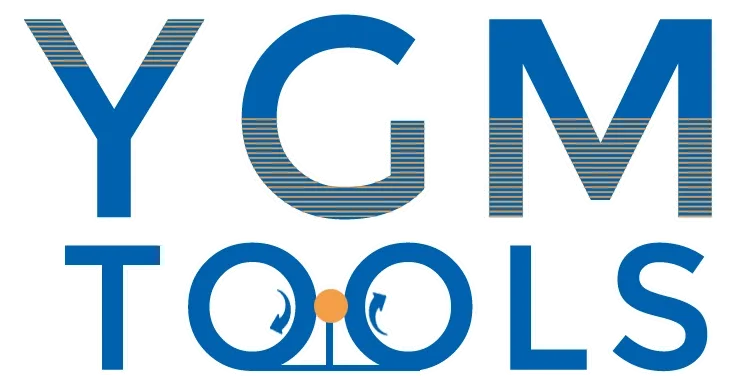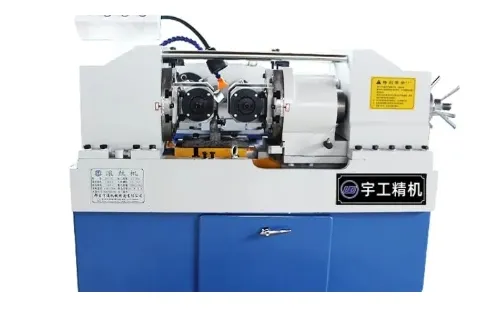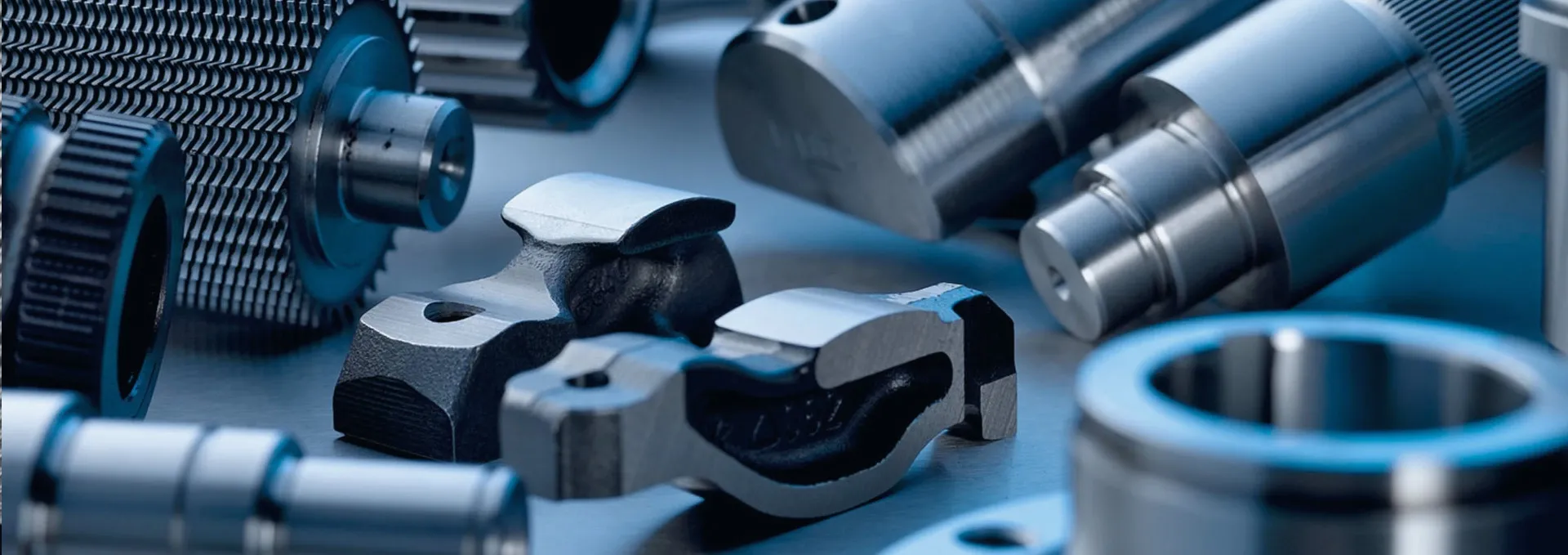
-
 Afrikaans
Afrikaans -
 Albanian
Albanian -
 Amharic
Amharic -
 Arabic
Arabic -
 Armenian
Armenian -
 Azerbaijani
Azerbaijani -
 Basque
Basque -
 Belarusian
Belarusian -
 Bengali
Bengali -
 Bosnian
Bosnian -
 Bulgarian
Bulgarian -
 Catalan
Catalan -
 Cebuano
Cebuano -
 Corsican
Corsican -
 Croatian
Croatian -
 Czech
Czech -
 Danish
Danish -
 Dutch
Dutch -
 English
English -
 Esperanto
Esperanto -
 Estonian
Estonian -
 Finnish
Finnish -
 French
French -
 Frisian
Frisian -
 Galician
Galician -
 Georgian
Georgian -
 German
German -
 Greek
Greek -
 Gujarati
Gujarati -
 Haitian Creole
Haitian Creole -
 hausa
hausa -
 hawaiian
hawaiian -
 Hebrew
Hebrew -
 Hindi
Hindi -
 Miao
Miao -
 Hungarian
Hungarian -
 Icelandic
Icelandic -
 igbo
igbo -
 Indonesian
Indonesian -
 irish
irish -
 Italian
Italian -
 Japanese
Japanese -
 Javanese
Javanese -
 Kannada
Kannada -
 kazakh
kazakh -
 Khmer
Khmer -
 Rwandese
Rwandese -
 Korean
Korean -
 Kurdish
Kurdish -
 Kyrgyz
Kyrgyz -
 Lao
Lao -
 Latin
Latin -
 Latvian
Latvian -
 Lithuanian
Lithuanian -
 Luxembourgish
Luxembourgish -
 Macedonian
Macedonian -
 Malgashi
Malgashi -
 Malay
Malay -
 Malayalam
Malayalam -
 Maltese
Maltese -
 Maori
Maori -
 Marathi
Marathi -
 Mongolian
Mongolian -
 Myanmar
Myanmar -
 Nepali
Nepali -
 Norwegian
Norwegian -
 Norwegian
Norwegian -
 Occitan
Occitan -
 Pashto
Pashto -
 Persian
Persian -
 Polish
Polish -
 Portuguese
Portuguese -
 Punjabi
Punjabi -
 Romanian
Romanian -
 Russian
Russian -
 Samoan
Samoan -
 Scottish Gaelic
Scottish Gaelic -
 Serbian
Serbian -
 Sesotho
Sesotho -
 Shona
Shona -
 Sindhi
Sindhi -
 Sinhala
Sinhala -
 Slovak
Slovak -
 Slovenian
Slovenian -
 Somali
Somali -
 Spanish
Spanish -
 Sundanese
Sundanese -
 Swahili
Swahili -
 Swedish
Swedish -
 Tagalog
Tagalog -
 Tajik
Tajik -
 Tamil
Tamil -
 Tatar
Tatar -
 Telugu
Telugu -
 Thai
Thai -
 Turkish
Turkish -
 Turkmen
Turkmen -
 Ukrainian
Ukrainian -
 Urdu
Urdu -
 Uighur
Uighur -
 Uzbek
Uzbek -
 Vietnamese
Vietnamese -
 Welsh
Welsh -
 Bantu
Bantu -
 Yiddish
Yiddish -
 Yoruba
Yoruba -
 Zulu
Zulu
From Cutting to Forming: The Revolution of High-Speed Thread Rolling Machines
In modern manufacturing, speed and precision are key drivers of competitiveness. The high speed thread rolling machine meets these demands by delivering rapid, consistent threading performance for a wide range of applications. Unlike conventional thread-cutting methods that remove material, thread rolling machines create threads by cold forming, which strengthens the part and improves surface finish.

The high speed thread rolling machine can achieve threading rates far beyond traditional machines, often processing hundreds or thousands of parts per hour without compromising quality. This is critical in industries such as automotive, aerospace, and fastener manufacturing, where high volume and exacting specifications must coexist. The machine's robust design incorporates advanced control systems that ensure uniform pressure and feed rates, minimizing cycle time and maximizing throughput.
Many modern models also feature quick die change mechanisms, enabling manufacturers to switch threading profiles rapidly to accommodate different part types. This flexibility helps reduce downtime and supports just-in-time manufacturing strategies. Integration with automated feeders and inspection systems further enhances productivity and quality control.
Operators benefit from ergonomic interfaces and advanced diagnostics that simplify setup and maintenance. For manufacturers looking to reduce labor costs while improving output and thread integrity, investing in a high speed thread rolling machine is a smart choice that delivers long-term value and process stability.
Unlock Efficiency with the Versatile Screw Rolling Machine
The screw rolling machine is an indispensable tool for producing screws and similar threaded fasteners with high precision and volume. By using cold forming technology, it molds threads without cutting, thereby increasing thread strength and reducing material waste. This technology also results in smoother surface finishes, which enhance both the aesthetics and performance of the screw.
A screw rolling machine can accommodate various screw sizes, pitches, and thread forms, making it versatile for multiple industries. Whether manufacturing wood screws, machine screws, or specialty fasteners, these machines deliver consistent results at competitive speeds. Many models are designed for easy integration into fully automated production lines, incorporating robotic feeding and quality inspection stations.
The machine’s advanced control systems allow operators to adjust parameters such as rolling force, feed speed, and thread length digitally. This adaptability reduces setup time and allows quick transitions between product lines, increasing operational efficiency. Maintenance is also streamlined through modular components and user-friendly diagnostic tools, reducing downtime and extending machine life.
In summary, the screw rolling machine offers manufacturers a reliable, high-throughput solution that balances speed, accuracy, and flexibility—key factors in meeting today’s demanding production schedules.
Understanding Roll Thread Machine Price and Value
When evaluating a roll thread machine price, it’s important to consider more than just the initial purchase cost. The true value lies in how the machine improves production efficiency, product quality, and operational costs over its lifespan. Prices for these machines vary widely depending on factors such as speed, automation level, control systems, and size.
Entry-level manual or semi-automatic thread rolling machines are typically the most affordable options, suited for low to medium volume operations. These models may cost less but often lack advanced features like programmable controls or automated feeding, which can limit scalability. On the other hand, high speed thread rolling machines with servo motors, CNC interfaces, and integrated quality control systems command a higher price but offer significant returns in throughput and consistency.
Manufacturers often offer customized pricing based on required specifications such as thread sizes, materials, and automation needs. Additional services such as installation, training, and after-sales support may also be included in the overall cost package.
Ultimately, a higher roll thread machine price can be justified by lower scrap rates, reduced labor costs, and minimized downtime, resulting in a faster return on investment. When sourcing machines, buyers should seek detailed quotations that transparently outline included features, warranty terms, and service options to make informed decisions.
Why Watching a Thread Rolling Machine Video Helps Buyers
Purchasing a thread rolling machine is a significant investment, and watching a thread rolling machine video can provide invaluable insight before committing. Videos typically showcase real machine operations, including setup, threading cycles, die changes, and finished product inspection.
By viewing a thread rolling machine video, potential buyers can assess critical performance factors such as cycle speed, thread quality, noise levels, and operator ergonomics. This visual evidence helps build confidence in the machine’s capabilities and suitability for specific applications.
Manufacturers often include demonstrations of automation features like robotic loading, digital control interfaces, and fault detection systems, giving buyers a clearer understanding of how the machine integrates into production lines. For technical teams, videos serve as a practical guide to maintenance procedures and troubleshooting techniques.
In summary, a thread rolling machine video acts as a virtual factory tour, reducing uncertainty and enabling buyers to compare models effectively. It’s a powerful tool to complement written specifications and sales presentations, ensuring smarter purchasing decisions.
Combining High Speed and Precision: The Future of Thread Rolling Machines
The convergence of speed and precision in high speed thread rolling machines is shaping the future of threaded component manufacturing. Machines today combine rapid cycle times with adaptive controls that maintain thread accuracy and surface integrity under demanding production conditions.
Advances in servo-driven feeds, sensor feedback loops, and digital programming enable real-time adjustments that compensate for material variations and tool wear. This dynamic control enhances part consistency and extends die life, driving down operating costs.
Simultaneously, the integration of the screw rolling machine with automated handling systems minimizes manual intervention, reduces errors, and maximizes uptime. This holistic approach aligns with Industry 4.0 principles, incorporating data analytics and predictive maintenance for optimized performance.
As manufacturers face increasing pressure to deliver customized products at scale, the ability to quickly reconfigure machines without sacrificing speed or quality becomes essential. The modern high speed thread rolling machine embodies this balance, empowering manufacturers to meet evolving market demands efficiently.
FAQs About High Speed Thread Rolling Machines
What distinguishes a high speed thread rolling machine from traditional thread cutters?
A high speed thread rolling machine forms threads by cold forging the material rather than cutting it. This results in stronger threads, better surface finish, and zero material loss. Additionally, these machines operate at much faster cycle rates, enabling high-volume production with consistent quality.
Can screw rolling machines handle different thread sizes and profiles?
Yes, screw rolling machines are versatile and can be configured with different dies to produce various thread sizes and profiles, including metric and imperial standards. Advanced machines allow quick die changes and programmable settings for efficient product switching.
How should I evaluate roll thread machine price against my production needs?
Consider the machine’s speed, automation features, material compatibility, and after-sales support when evaluating roll thread machine price. Investing more upfront in automation and quality controls often yields savings in labor, scrap, and downtime, resulting in a better total cost of ownership.
Why is watching a thread rolling machine video important before purchase?
A thread rolling machine video provides visual proof of performance, showing threading speed, product quality, machine ergonomics, and automation features. This helps buyers verify claims, understand operation workflows, and select machines that best fit their production environment.
What maintenance is typically required for high speed thread rolling machines?
Routine maintenance includes cleaning dies, lubricating moving parts, checking alignment, and monitoring control system diagnostics. Many machines have modular components for quick replacement. Preventative maintenance ensures consistent output and prolongs machine life.
